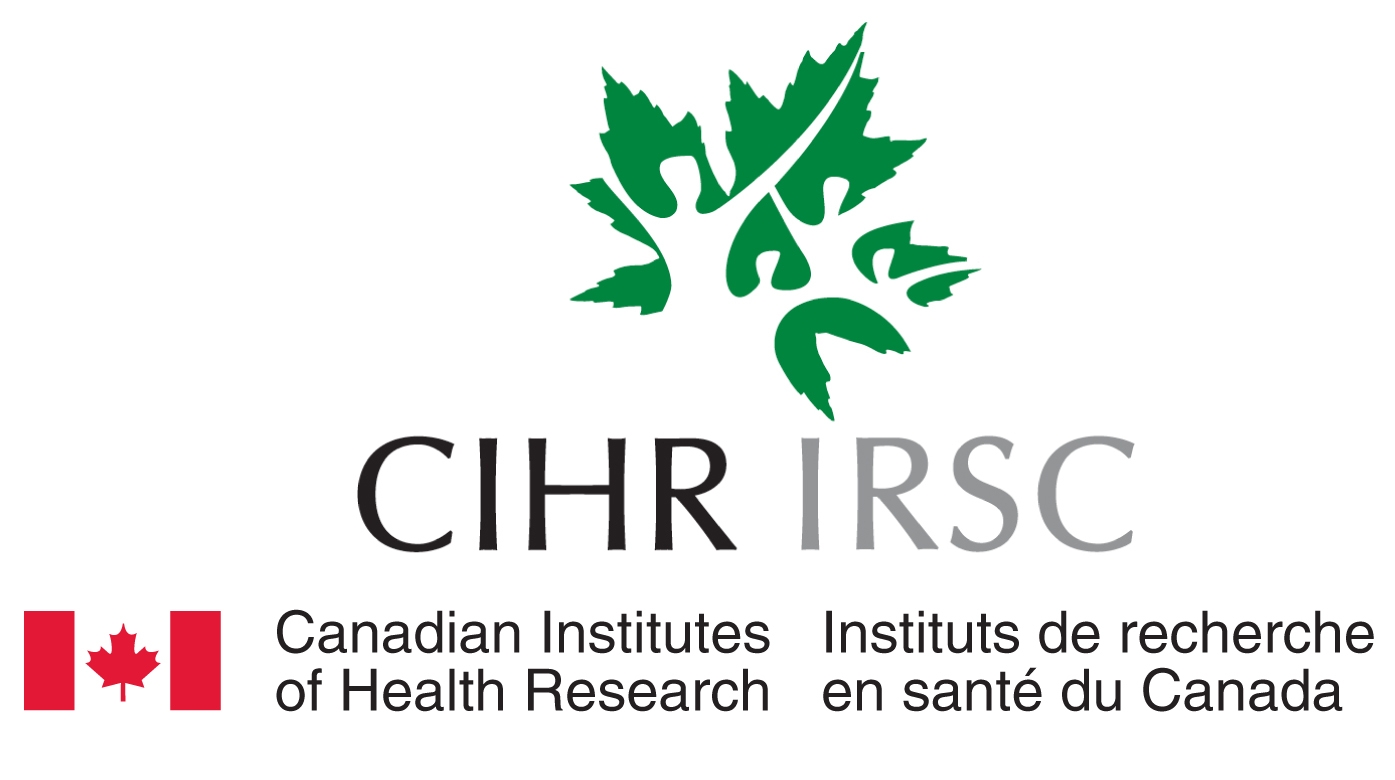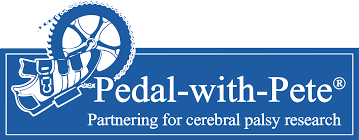CHOP
Cerebral Palsy Hip Outcomes Project (CHOP)
Summary
Children with cerebral palsy are at high risk for dislocating their hips. The dislocation occurs over months or years, during which time these children can experience muscle tightness or contractures and pain. These symptoms can interfere with care-giving (dressing, toileting, hygiene, positioning, and sitting) and quality of life. There are many ways to prevent or treat these hips. Some are done early before any symptoms start, while others are recommended at the earliest signs of any symptoms. Earlier treatments might be less invasive, but often have to be repeated because the hips can begin to dislocate again as the child grows. Later treatments are usually more invasive, but might have the advantage of lasting longer. There is little evidence at the moment from high quality research to suggest which strategies work best. Previous research has relied on x-rays of the hips to make judgments about the success of any treatment. While x-rays are an important way to record the results of different treatments, they do not tell us whether a child has really benefited from treatment in terms of the child’s comfort, ease of care, health or quality of life. Our research group has developed a way to measure the effect of treatments specifically for children with severe cerebral palsy (using the CPCHILD™ questionnnaire). For the first time, we have the opportunity to use a more meaningful way to understand whether our treatments are really working. Learn more about the CPCHILD questionnaire.
This project brings together a large group of surgeons and paediatricians from multiple centres in Canada, the United States, United Kingdom, Australia, New Zealand, Europe and Asia to study the impact of hip disease on the lives of children with severe cerebral palsy, and to compare which treatment strategy is most beneficial for these children using the outcome measure developed for this purpose.
To learn more, visit the study’s complete profile.
Interested in participating?
Recruitment is ongoing.
- Who can participate? Children with cerebral palsy or similar condition aged 2 to 18 years old with GMFCS lII (wheelchair-reliant), IV or V, hip displacement ≥ 30% and no prior hip surgery. The parents / primary caregivers of these children are also invited to participate. The parents will be asked to be the proxy-reporter for children with communication difficulties.
- What is involved? Completion of a questionnaire about the child’s care, comfort and health, and collection of data from the child’s clinic consultations.
If you are interested in participating or have additional questions, please contact us. Contacting us does not obligate you or your child to participate in the study.
Acknowledgements
This work has been supported by research funding from:





